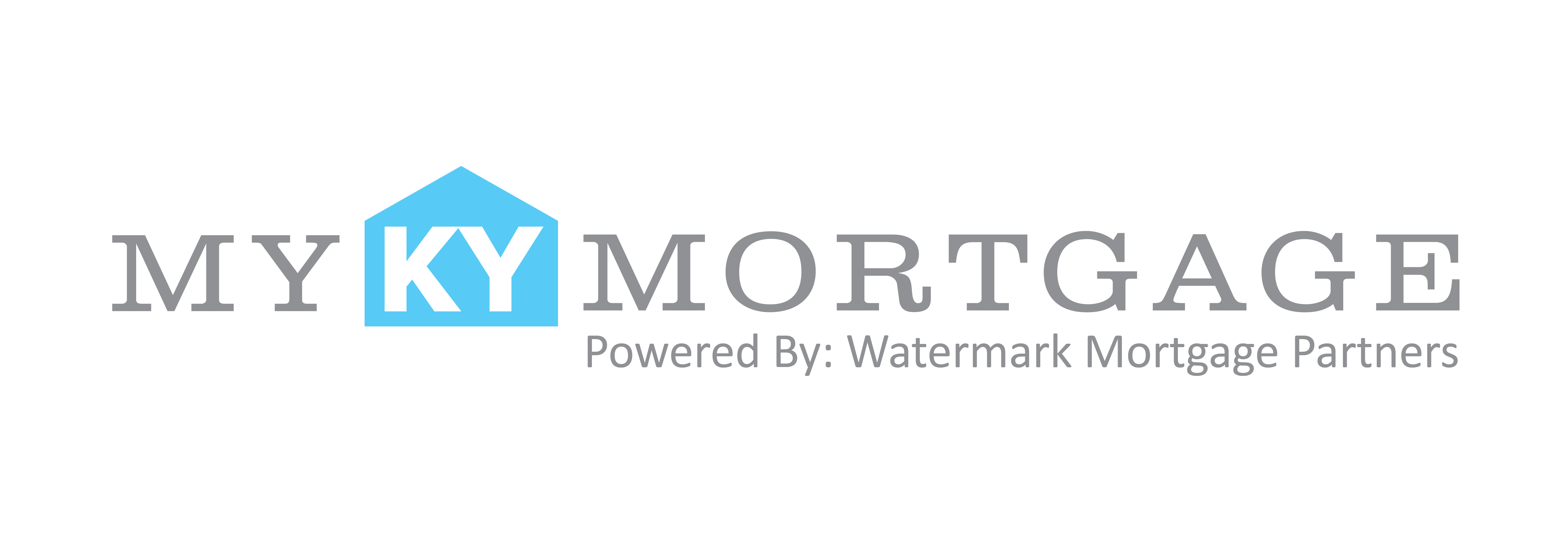Thinking about buying your first home? That worrisome down payment has probably kept you awake for more than a few nights. That’s understandable. Although a pre-approval is crucial for determining your buying power, it’s the down payment that shows you mean business.
Saving up is difficult, however, and it’s often a roadblock that keeps many individuals from buying a home. Making things even worse? Friends and family members likely have given you at least one piece of well-meaning, but ill-informed advice, which has left you in panic mode. While saving for a down payment is not a piece of cake, separating fact from fiction can go a long way. Here, Realtor offers the top myths and the truths you need to know.
1. You need 20 percent down
For decades, this was standard, but it isn’t always the case anymore. It depends on the type of buyer you are. For example, a Federal Housing Administration (FHA) loan only requires 3.5 percent down. If either you or your spouse served in the military, you’re likely to be eligible for a Veterans Affairs (VA) loan, which can be approved for 0 percent down. The same goes for United States Department of Agriculture (USDA) loans. And if you’re a qualified buyer, you can get approved for a conventional loan with less than 20 percent down, but there’s a catch: You’ll have to pay private mortgage insurance (PMI) directly to your lender, not toward your principal. Think of it essentially as insurance you pay to prove to the lender that you won’t default on your loan.
2. Paying mortgage insurance is smarter than paying a bigger down payment
Perhaps mortgage insurance seems like a small price to pay if you don’t want to deplete your bank account and win the house of your dreams. Making some additional payments for a while might not be a big deal, but you’ll want to calculate what you’ll pay in the long run. For example, if you put down less than 20 percent on a conventional loan, you’ll have to pay PMI until the principal balance reaches 78 percent or less of the original purchase price. Meanwhile, FHA loans require mortgage insurance for the life of the loan. That means you’ll be paying an extra monthly fee for as long as you live in the home (or until you pay off the mortgage). Before you brush off mortgage insurance, compare your options. Know that paying less upfront could mean paying much more during the life of your loan.
3. Cash is king
If you’re shopping in a competitive market, you’ve likely heard stories about first-time buyers getting snubbed over investors or all-cash buyers. If you’re working with a loan and a small amount down, it might seem like your chances of getting picked over the other guys are slim. There is some truth to this belief. Cash offers offer one big benefit to a seller: They’re guaranteed to close on time with no loan approval hiccups. But on the flip side, that assumes that sellers care most about a fast and certain close, and that’s not always true. You often stand a better chance of getting approved over an all-cash offer if you make the bigger offer or write a personal letter that resonates with the seller.
4. Down payment assistance is easy!
Finding, applying and getting approved for help isn’t always easy. First, there are no national, or even many state-run, assistance programs. Most programs are locally run by a county or city. You can check the Department of Housing and Urban Development’s website for a smattering of state-run homeowner downpayment assistance options, but you’ll have to do some digging. In addition, you have to be under a certain income to qualify, usually the median income in the county. Some programs may make special exceptions—for single parents, for example—but in general, income will be a big factor. Still, if you think you might qualify, call your local housing authority office and ask them to point you in the right direction.
5. You shouldn’t put down more than 20 percent
Let’s say you’re lucky enough to have saved more than 20 percent down. Odds are good that some well-meaning friend is going to tell you to put only 20 percent down—no more, no less. After all, now that you’ve successfully avoided PMI, why fork over more cash than you have to? A couple of reasons. First, a higher down payment could signal to your lender that you’re a trustworthy borrower and get you a lower interest rate on your mortgage. Plus, the more you pay upfront, the less you’re borrowing—which means lower mortgage payments. But you’ll have to put down at least 5 percent more to see that difference. Compare your options to see if it makes more sense to pay down the extra or to keep that money in investments.
6. You can take out a loan for a down payment
There’s nothing wrong with getting help with your down payment, but it has to be a gift. If a lender suspects the money might be a loan, repaying said loan will be factored into your mortgage approval amount and you’ll qualify for less than you might have wanted. To prove it’s a gift, you’ll have to get a letter from the gifter that swears they don’t plan on asking for the money back.



